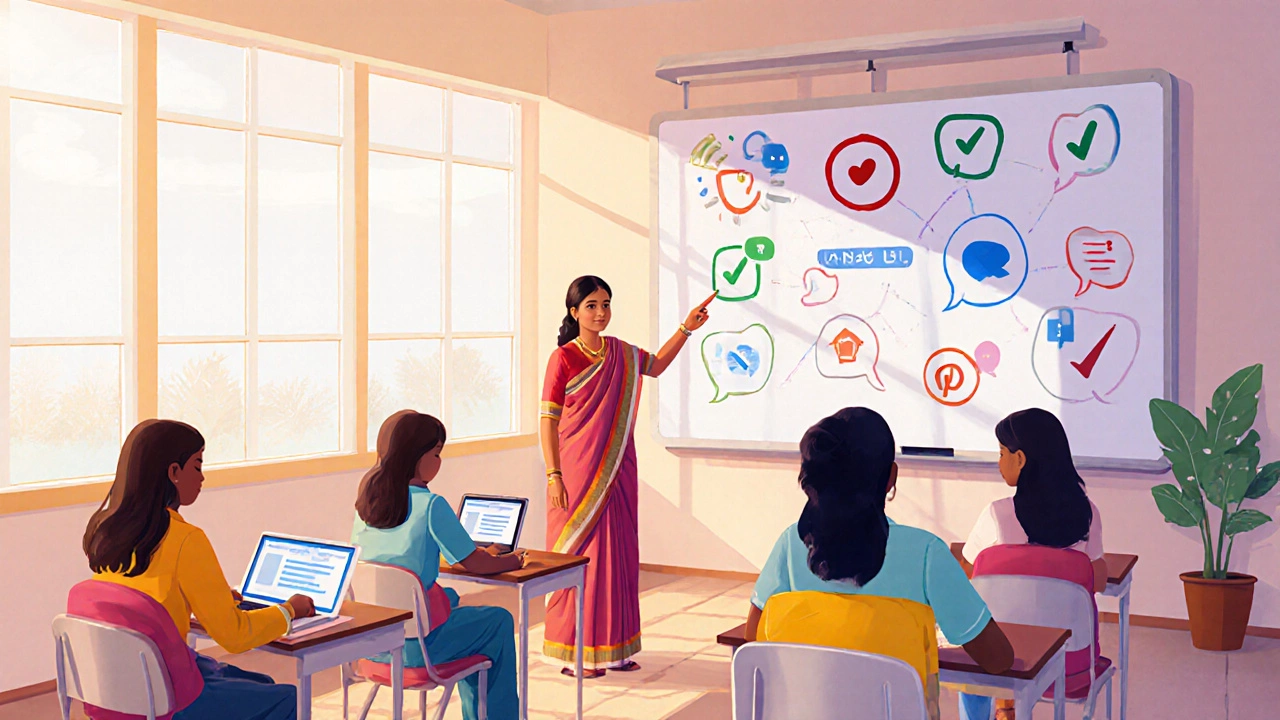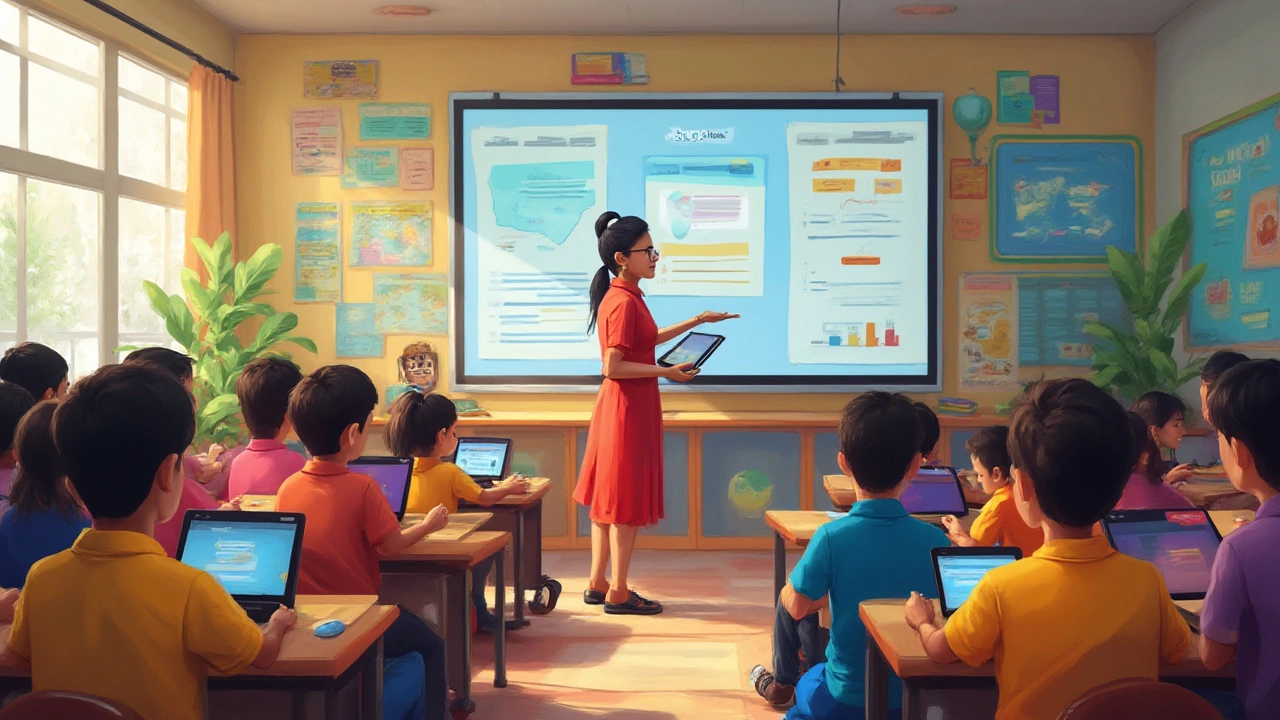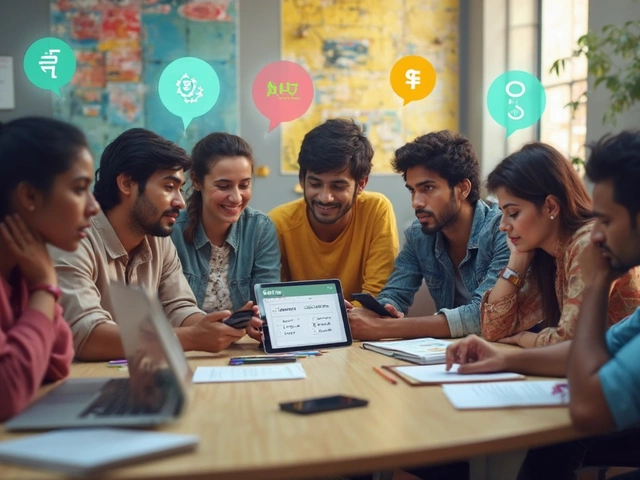Education Technology
When working with Education Technology, the use of digital tools and systems to improve teaching and learning. Also known as EdTech, it connects students, teachers, and institutions through technology-driven processes.
A major component of this ecosystem is the Learning Management System, software that delivers, tracks, and manages educational content and assessments. Another key piece is the Digital Platform, an online environment that hosts services such as communication, content sharing, and analytics. Together they enable the eLearning Platform, a web‑based space where learners can access courses, interact with peers, and earn credentials. These entities form a network where Education Technology encompasses Digital Platform, requires Learning Management System, and powers eLearning Platform. This network fuels everything from remote classrooms to blended learning models.
Key Concepts in Education Technology
One practical example is Google Classroom, a cloud‑based LMS that simplifies assignment distribution and feedback. It shows how a digital platform can influence an eLearning platform by providing integrated tools for communication, grading, and resource sharing. Schools that adopt Google Classroom often pair it with broader Digital Platforms like Google Workspace, creating a seamless workflow that reduces admin overhead. The relationship can be expressed as: Education Technology includes Google Classroom; Google Classroom depends on Learning Management System features; and Learning Management System benefits from robust Digital Platform infrastructure.
Across India, educators are experimenting with these tools to address diverse needs. A teacher might use a Learning Management System to host video lectures, while a student accesses them through an eLearning Platform on a mobile device. Policy makers look at aggregate data from Digital Platforms to gauge learning outcomes and allocate resources. The synergy among these entities means that improvements in one area—say, a more intuitive LMS UI—can raise the overall impact of Education Technology. Below, you’ll find guides that break down each tool, compare platforms, and show step‑by‑step how to implement them in real classrooms. Dive into the posts to see the latest trends, practical tips, and real‑world case studies that illustrate how these technologies are reshaping education today.
Google Classroom: Is It a Full‑Featured LMS?
0 Comments
Explore whether Google Classroom qualifies as a full‑featured LMS, compare its core features with traditional platforms, and learn who should use it.
Read MoreMost Popular Digital Platforms: Meaning, Examples & How They Shape Our Online World
0 Comments
Discover what makes a digital platform truly common. Explore examples, surprising uses, and tips for navigating these essential online tools.
Read MoreGoogle Education Platform Explained: Features, Benefits, and Classroom Integration
0 Comments
A plain-English, in-depth guide to the Google education platform: what it is, how it works, who uses it, and how it’s transforming classrooms for teachers and students.
Read MoreMost Popular Internet Platforms: Social Media, Marketplaces, and Streaming Explained
0 Comments
Discover the most common types of internet platforms. Learn how social media, marketplaces, and streaming platforms shape our daily online habits and opportunities.
Read MoreTypes of Online Platforms: Social, Marketplace, and Educational Explained
0 Comments
Explore the three main types of online platforms—social, marketplace, and educational. Learn how they work, their benefits, and tips for using them smartly.
Read MoreE-Platform Explained: Digital Tools That Are Changing How We Work and Connect
0 Comments
Discover what an e-platform is, how it works, and why it's everywhere. Learn practical tips, real-life examples, and surprising facts about digital platforms.
Read MoreHow to Start an eLearning Platform: Step-by-Step Guide for 2025
0 Comments
Cut through the noise—learn exactly how to start an eLearning platform, from identifying your niche to launching your first online course. Real steps, real talk.
Read More










